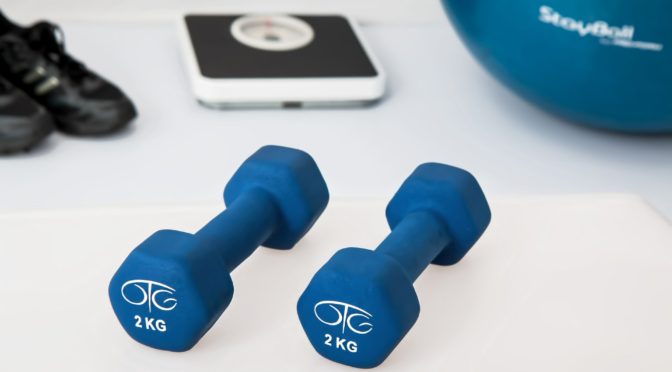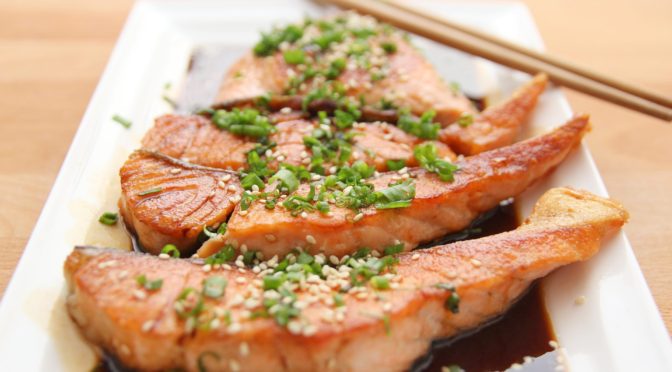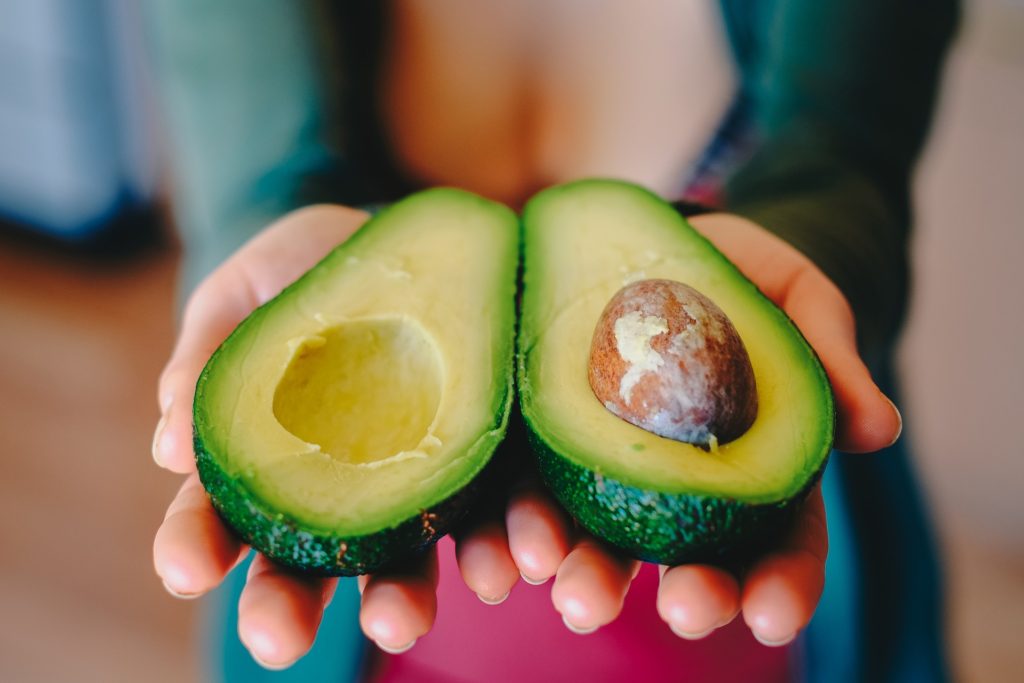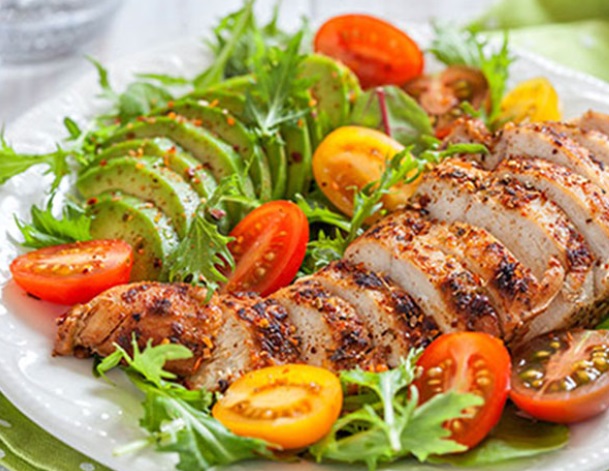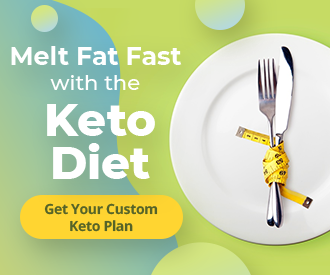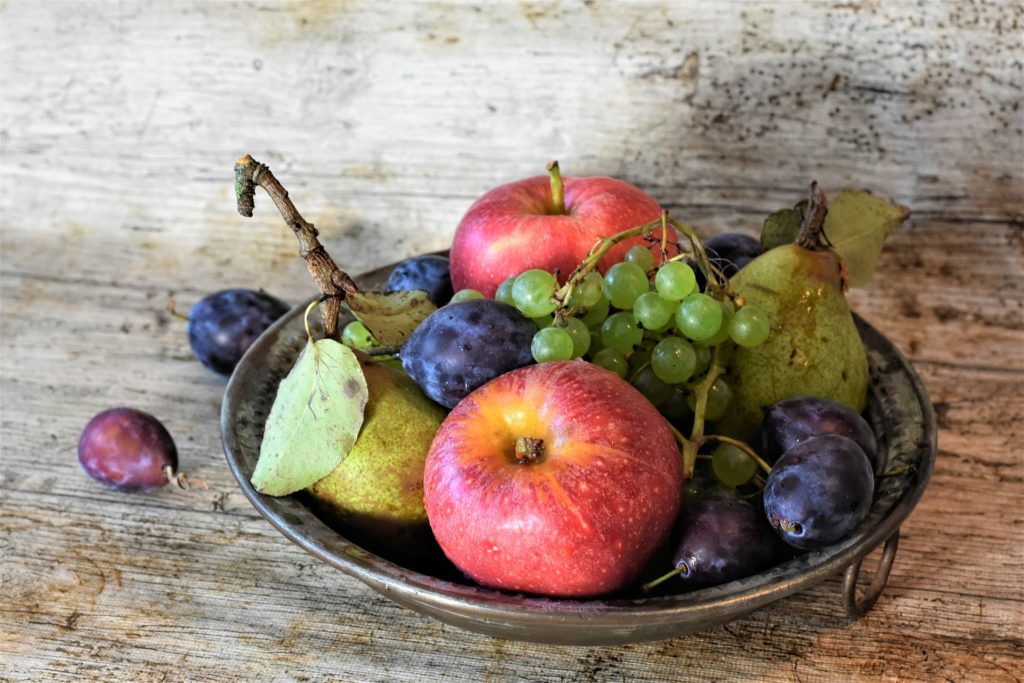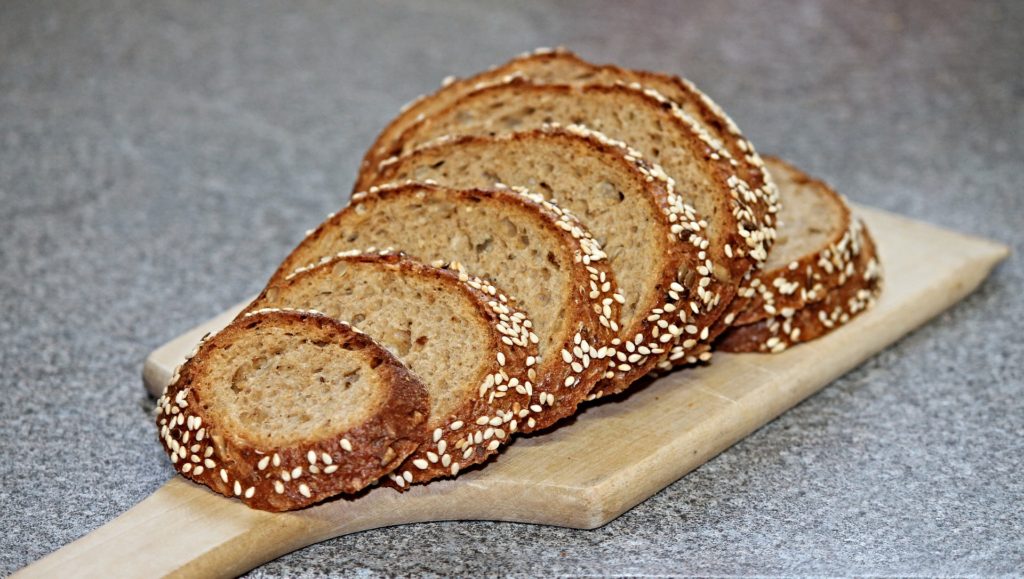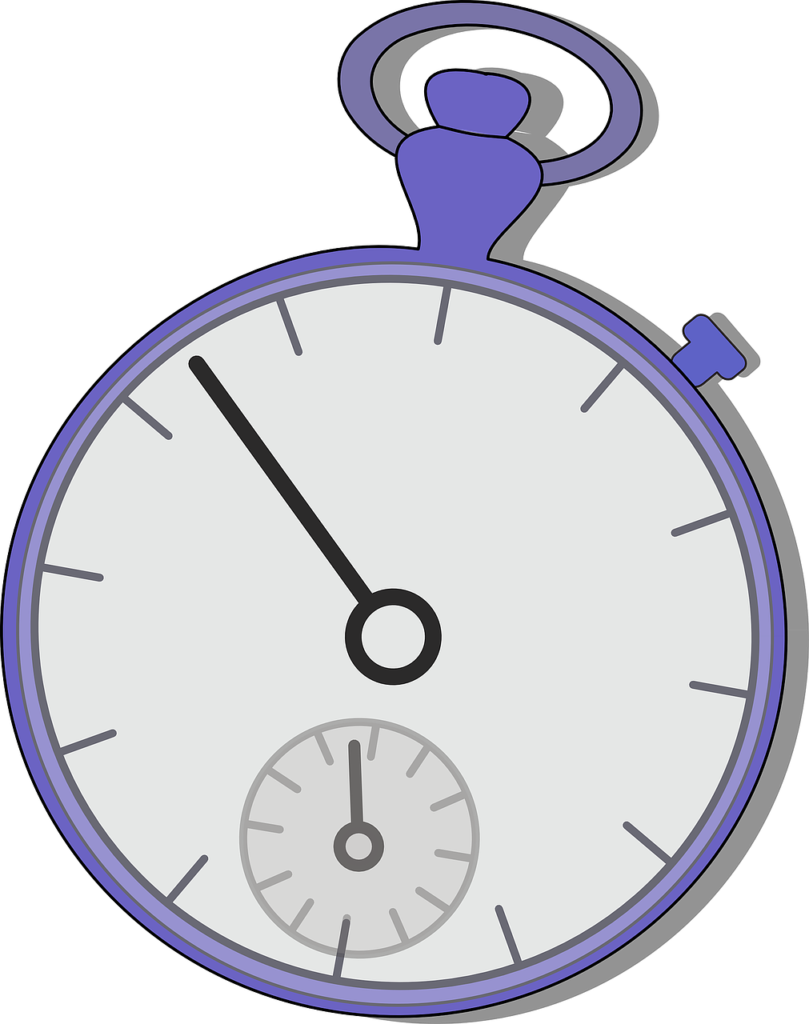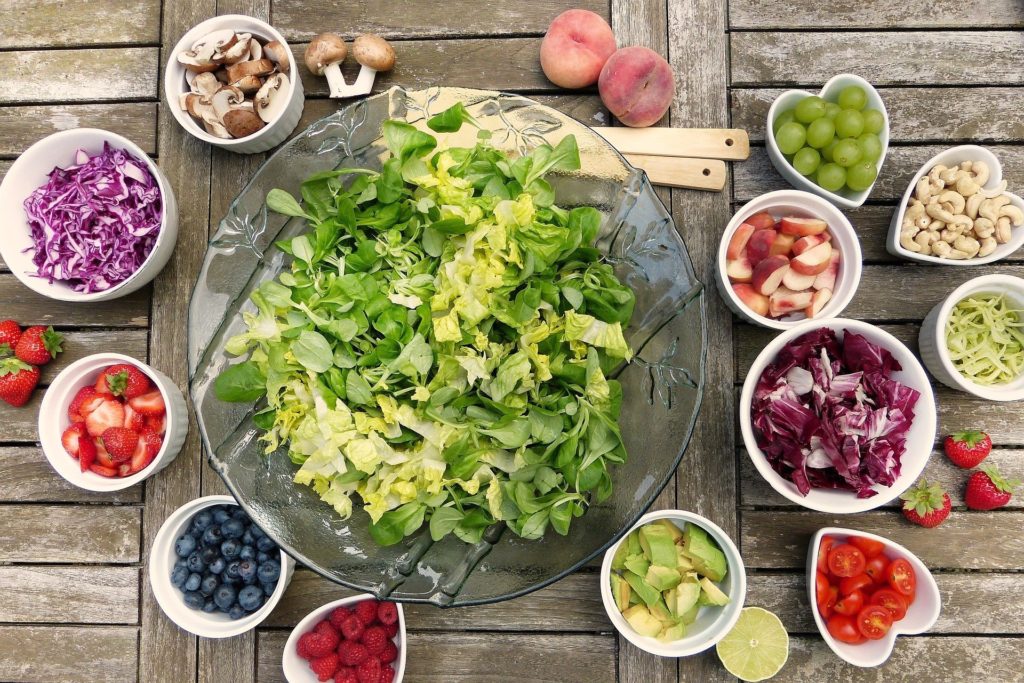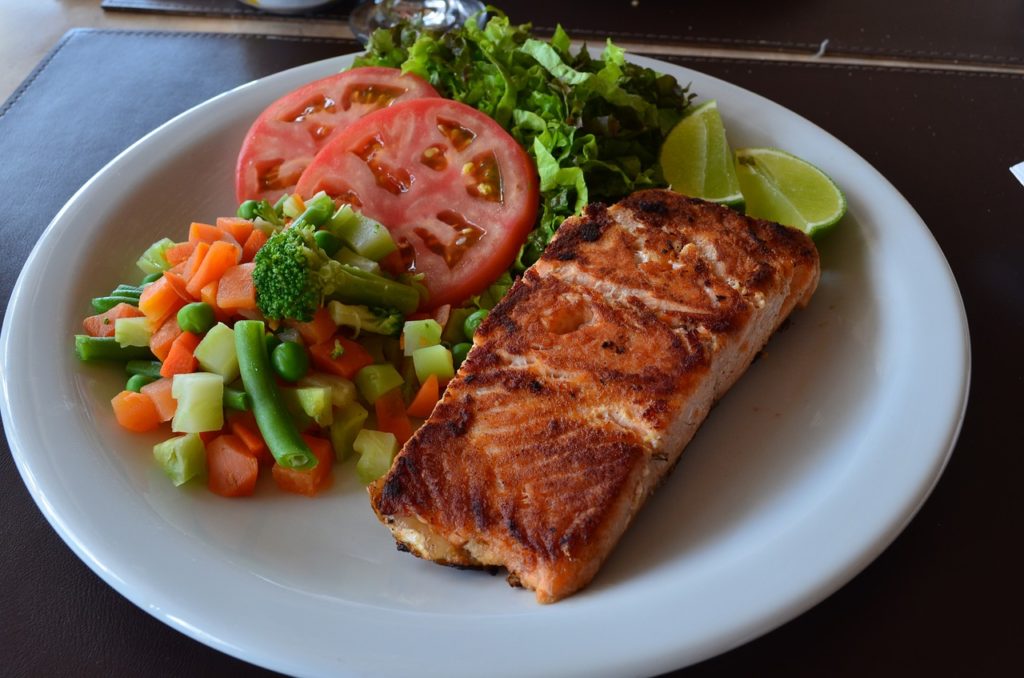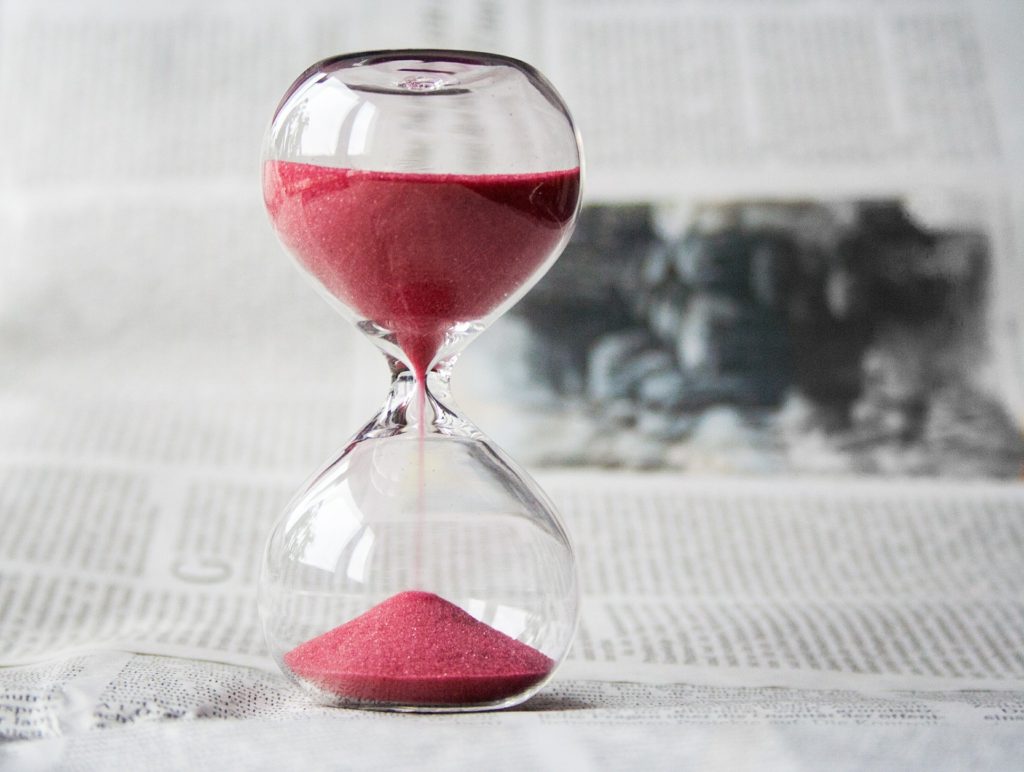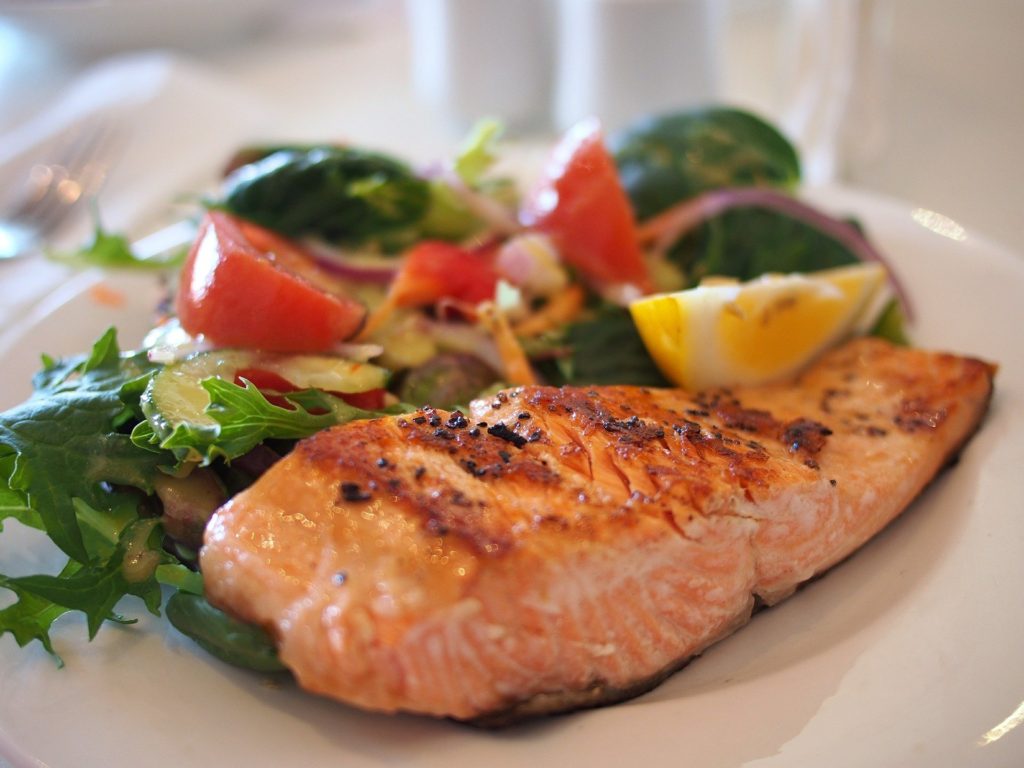The best way to lose weight after 40 is the same as the best way to lose weight at any age: eat less and exercise more. And in case it’s not obvious, that doesn’t mean cutting back on your favorite foods or running marathons every weekend.
After age 40, many people say they start to feel changes in their bodies that make losing weight more difficult.
But there are no biological or physiological changes that make it harder for a person to either gain or lose weight after age 40. (A big exception is pregnancy, which can cause women to gain significant amounts of weight.)
While hormones play a part in weight gain for women starting at about age 40, so does lifestyle. Women at this time in their lives tend to be less active and eat more calories than their body needs, says the Academy of Nutrition and Dietetics.
To make a swing in the other direction, you need to find a plan that helps you control your calorie intake, is filled with nutrient-rich foods and suits your taste buds. Consult your doctor before making any changes to your diet if you are pregnant or breast-feeding.
Include vegetables and fruits at each meal
Vegetables and fruits have lots of nutrients but few calories (except avocados). As a
The best way to lose weight after 40 is not to starve yourself, but to make changes in what you eat and how much you eat. If you have gained a lot of weight over the years, then chances are that your metabolism is working at a much slower pace than it did earlier.
How to Get Fit After 40
How can I get fit after 40?
If you are concerned about how to get started exercising after age 40, consult with your doctor and/or hire a personal trainer. For example, if you haven’t been exercising regularly, you may want to start with walking 15 minutes a day before working your way up to longer workouts.
Once you have the green light to exercise, start slowly, with low intensity workouts and gradually build up over the course of many weeks or months to an appropriate level of fitness for your age and health status. When in doubt, do less rather than more at the beginning of an exercise program so you don’t injure yourself.
It’s not working.
I can’t get fit. I’m 40 years old now, and I’ve been trying to get fit since the year 2000. That was the same year I bought my first pair of running shoes. Since that time, I have run for thousands of miles, and I’m no closer to being fit than when I started. What happened?
I keep hearing about people who have made it work, who are now fitter than they have ever been in their lives. They say they feel great, they never get sick anymore, they have more energy than ever before, and they say it’s all because of fitness.
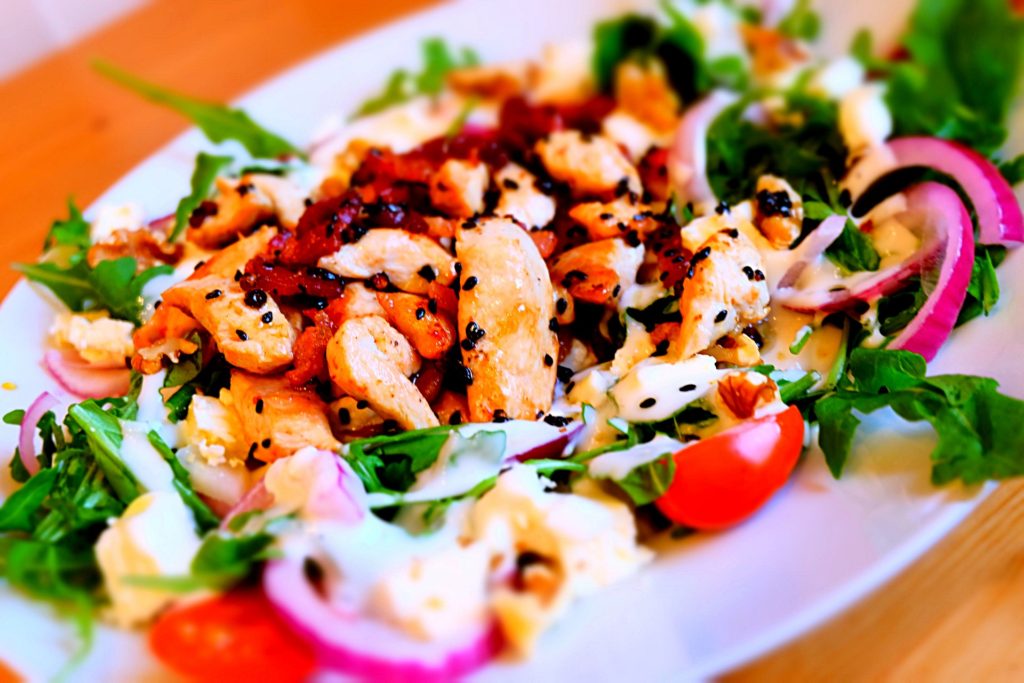
Healthy Foods to Eat After You Turn 40
Here are some healthy foods you should start eating after the age of 40.
- Whole Grains
Whole grains are a great source of fiber and nutrients. They can also lower your risk for heart disease, diabetes, and even help reduce belly fat. Try to add them to your diet by eating oatmeal, whole grain breads and brown rice. These are all great options that won’t make you bloat or cause gas.
- Berries
Berries have a surprising number of health benefits. Not only do they provide an excellent source of fiber, but they are low in calories and packed with antioxidants which can prevent cancer and other diseases. Plus, they taste great!
Make sure to eat a variety of berries like strawberries, blueberries, blackberries, raspberries and cranberries. Add them to your oatmeal or cereal in the morning for a tasty breakfast treat. You can also snack on berries alone for a quick pick-me-up during the day.
- Fish
Fish is rich in protein and omega-3 fatty acids that can reduce the risk of heart disease and stroke. Plus, it’s very versatile – you can bake it or grill it for lunch or dinner to keep things interesting.”
Eating healthy is not always easy, but committing to a healthy diet can be one of the smartest decisions you ever make. Why? Not only can eating well make you look and feel better, it can also save you money on future health costs.
The benefits of a healthy diet are well worth the effort you may need to put in at the start. Once you get into the habit of eating well, you may find that your cravings for unhealthy foods go away and eating healthy becomes second nature to you.
So you’re over 40. You probably don’t feel any different than you did in your 30s, but your body may be changing. There are certain foods that may be helpful during this time of transition.
Here are some healthy foods to eat after you turn 40:
- Oatmeal
Oats provide a wealth of health benefits including lowering cholesterol levels, reducing the risk of heart disease and cancer, and even preventing chronic diseases like diabetes. Oats are packed with antioxidants, fiber, protein and other essential vitamins and minerals. As if that isn’t enough, studies have shown that eating oats for breakfast helps curb cravings later in the day.
- Quinoa
As a complete protein source, quinoa is an ideal food for those watching their waistline since it can keep you full for hours without causing weight gain. It’s also a great source of iron, magnesium, calcium and zinc. Quinoa is also rich in potassium and B vitamins as well as anti-inflammatory phytonutrients called flavonoids. It’s been shown that quinoa can help lower blood pressure and reduce the risk of heart disease.
Forty-year-olds may not be as spry as they once were, but there’s no reason to slow down once you reach this age. By eating a healthy diet and exercising regularly, you can stay fit for the long haul. Consume these healthy foods after you turn 40 to help your body stay strong and energized.
- Almonds
- Avocados
- Bananas
- Barley
- Blueberries
- Broccoli
- Brown Rice
- Carrots
- Cherries
- Dark Leafy Greens
If you’re like most people, you probably have a little more around the middle and don’t move as quickly as you did in your 20s. But that doesn’t mean you can’t continue to enjoy a healthy lifestyle after 40. With good nutrition and regular exercise, it’s still possible to be fit, active and vital at age 50 or beyond.
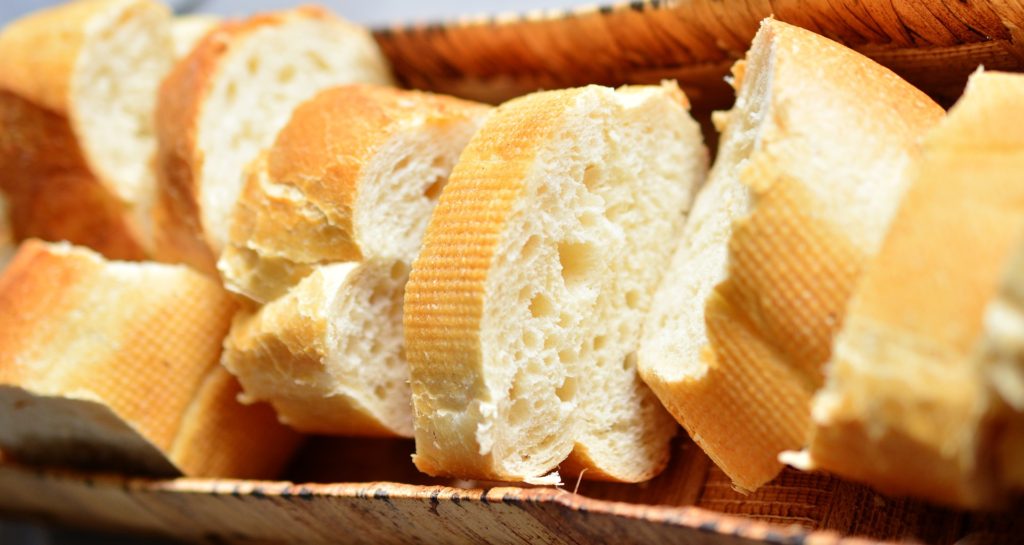
Foods to Avoid After You Turn 40
What you eat after 40 may matter a lot more than what you ate before. You may have heard or seen something about “inflamm-aging.” It’s a process that starts in your mid-30s and continues from there, though it speeds up as you get older.
It’s true that eating well is always important for good health, but when you get past 40, good nutrition becomes even more vital. The right foods can help keep your organs functioning at peak levels—and the wrong foods can speed up the aging process.
Here are eight foods that you should avoid after you turn 40:
- White breads and pastas: These refined grains appear to age your immune system faster than whole grains, according to research published in the journal Clinical Nutrition.
- Alcohol: Drinking too much alcohol can raise your blood pressure, increase your risk of certain cancers, and lead to obesity—all of which could increase your risk of dementia later in life, according to the National Institute on Aging (NIA).
- Fried foods: Fried foods are typically high in calories and contain trans fats, both of which contribute to weight gain and loss of muscle mass as you age. They also can cause inflammation and increase risk for cardiovascular disease.
- Soda
According to WebMD, you should avoid eating the following after the age of 40:
Donuts
Bagels
Pretzels
Sandwiches
Alcoholic beverages
Soup
Fried foods
Foods that are high in fat and calories, such as red meat and full-fat dairy products.
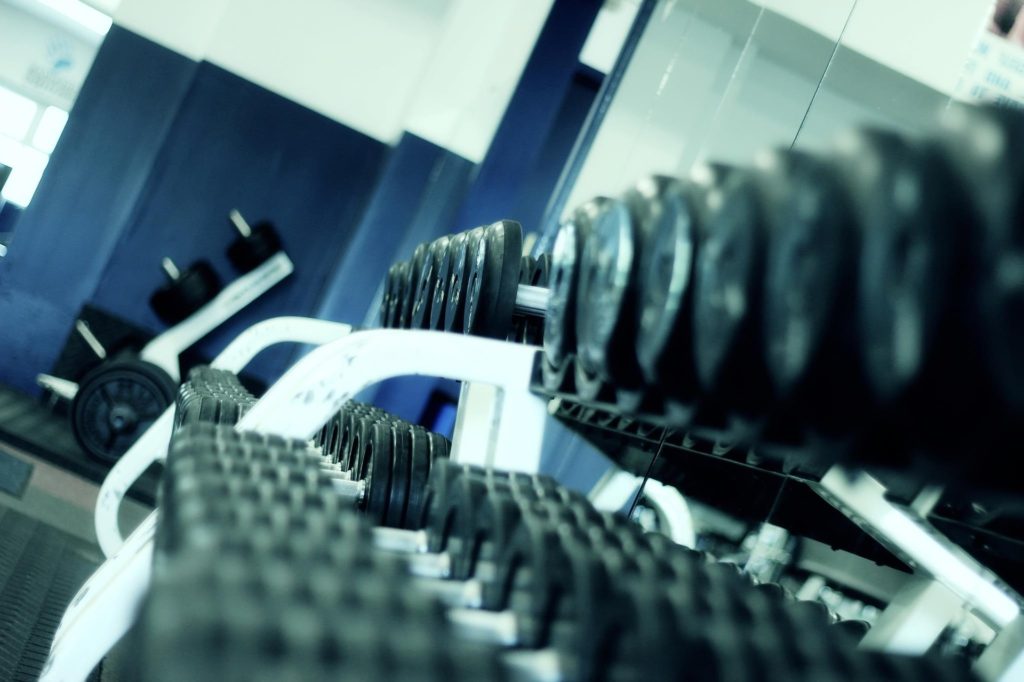
Best Exercises to do After You Turn 40
The best exercise program to follow when you are over 40 is one that combines aerobic activity, such as walking, with strength training.
Aerobic activity is any type of continuous, rhythmic physical activity that uses large muscle groups and can be maintained for at least 10 minutes. Aerobic activity enhances the function of the heart, lungs and circulatory system. It also improves oxygen delivery to the muscles and helps maintain a healthy weight.
Strength training involves moving your body or a weight against some type of resistance. It can be as simple as doing push-ups or sit-ups or lifting free weights. It also can involve using exercise machines at a gym. Strength training increases muscle mass, strength and endurance.
A recent study showed that exercise programs targeting the glutes are best. This is especially important as we age, since it is likely that we will experience muscle loss.
The glutes (i.e., the butt muscles) are an important part of our body’s core muscles and have a big impact on how we walk and stand. The study’s authors suggest that by focusing on these muscles specifically, you can minimize the risk of back pain, hip fracture and knee injuries in older adults.
So, you’re 40! Congratulations on making it this far. The odds are high that you have a job, kids, a house and all the other things that come with being a responsible adult. And if you’re anything like me, your body doesn’t act quite the way it did when you were younger.
The good news is that exercise is the elixir of life. You don’t need to take my word for it — there are countless studies that show that exercise has tremendous benefits for people of all ages (1). It can help stave off heart disease and cancer, strengthen your bones, improve your balance and coordination and even lift your mood.

Top 5 Exercise Programs Over 40
Exercises to Avoid After You Turn 40
It’s been said that aerobics is the best thing to happen to fat people since fried foods. It’s also one of the worst things to happen to health conscious people over 40.
Here are five exercises you should avoid after age forty:
- Jogging – Too hard on the knees, back, neck and feet.
- Sit-ups – Bad for the back and neck, especially if done incorrectly.
- Squats – Not as good as lunges or step-ups when it comes to thighs, hips and buttocks; hard on the knees and lower back.
- Leg extensions – Will create additional stress on the knee joint, making it more susceptible to injury from impact sports like jogging or tennis.
- Leg curls – Will make the knee joint more susceptible to injury from impact sports like jogging or tennis; won’t help those wanting to reduce cellulite in their buttocks and backs of their legs, since this muscle is not used in any daily activity; will increase bulk in that area without helping lift or shape your buttock and thigh area.
Whether you’re 20, 40 or 60, there are certain exercises that you should avoid in order to prevent injuries. Below are some of the most common exercises that experts advise people over 40 to avoid.
- Leg press
- Abdominal crunches
- Upright row
- Seated trunk rotation
- Lat pulldown
- Military press
- Bicep curls
- Triceps dips
Here’s a tip: If you’re over 40, don’t exercise in the same way and to the same degree you did when you were 20.
This advice is equally applicable to the young at heart and those who are, well, not so young. But it’s especially important for those who are middle-aged or older.
Medical Exams You Need to Get After Your Turn 40
This is a list of medical exams you need to get after you turn 40.
1) Blood Pressure Check
2) Cholesterol Test
3) Blood Sugar and A1C Test
4) Bone Density Test
5) Colon Cancer Screening
6) Mammogram
7) Vision and Hearing Tests
8) Skin Cancer Screening
A lot of the medical exams you need to get after you turn 40 are the same as those you get before. But there are a few that become more important, and some new ones to add to your list.
- Blood pressure test.
High blood pressure is often called “the silent killer” because it usually has no symptoms. It can lead to heart disease, stroke, kidney failure and other health problems.
If your blood pressure is normal (less than 120/80), get it checked at least once every two years. If it’s high (140/90 or higher), ask your doctor how often you should be tested; it might be as often as once a month.
- Blood sugar level test.
Diabetes might not cause any symptoms, either, but if you have it, your risk of heart disease, stroke and other health problems goes up dramatically. One in three people with type 2 diabetes don’t even know they have it.
You don’t need to be tested for diabetes until you’re 45, but if you’re overweight or have high blood pressure or cholesterol—or if your family has a history of diabetes—ask your doctor if you should start earlier.
It’s easy to assume that once you get older, your body will start to creak and ache. But the truth is, a lot of people in their 40s are in great shape and feel better than they did in their 20s.
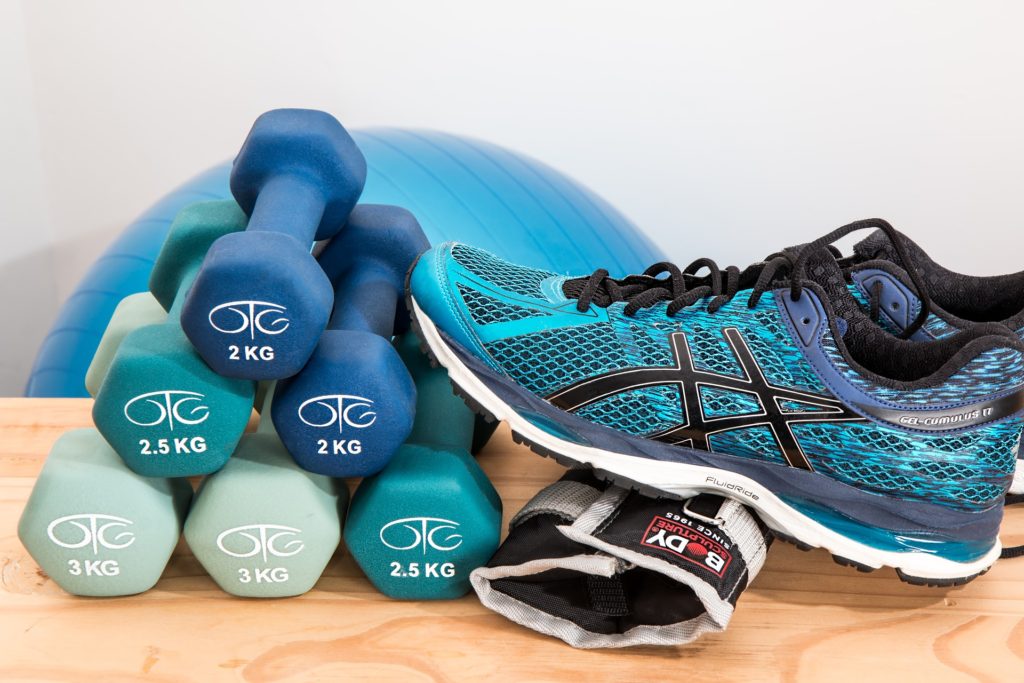
Conclusion
The best way to lose weight after 40 is to set realistic goals. Once you have set your goal, there are many ways to achieve it, including exercise and diet. The key is making a plan and sticking to it. The article below will help you get started on your path to weight loss.
Now you know the best way to lose weight after 40. You know what to eat, how much to eat, and when to eat. You also know how much exercise you should get every day and what kind of exercise is best for your body. Now it’s time to put this information into action and start losing weight!
If you have any questions about losing weight or any tips for other people, please leave them in the comments below. I would love to hear from you!
The best way to lose weight after 40 is to take a holistic approach while at the same time being realistic. The hardest part is often just getting started. It’s important to remember that there are always going to be set backs but if you keep at it and make a few small changes over time there shouldn’t be any reason why you can’t lose some weight and feel better as you age.
So there you have it. The best way to lose weight after 40 is to reduce the number of calories you consume and increase the amount of time you spend exercising. But if you’re ready to get started, I’ve got a gift for you.
The above information on the best way to lose weight after 40 was provided for informational purposes only. Please consult a health care provider as you see fit.
Explore Further
Healthy foods to lose belly fat
Disclosure: I may receive affiliate compensation for some of the links above at no cost to you if you decide to purchase anything. This site is not intending to provide health or financial advice. This is for entertainment only. Please consult a professional as you see fit.

The best way to lose weight if you’re over 40 is to adjust your eating habits and get more physically active. And don’t worry – it’s not as hard as you might think!
Eat less, move more
You may be thinking that “less food” means “less fun” – but it doesn’t have to! You can still enjoy the things you like, but just make sure that you eat less of them and substitute others for them.
Eat more fruits, veggies and whole grains. These foods have lots of fiber, which helps keep you full longer. They also have fewer calories than a lot of other foods, so eat them first. Try adding fruit or veggies to meals or snacks. For example, add tomato slices on your sandwiches or add green peppers to an omelet. Add berries to cereal or yogurt or snack on dried fruit instead of chips or cookies.
Exercise regularly – at least 30 minutes a day and 150 minutes a week. Take the stairs instead of the elevator and park farther away from your destination. You can even do exercises while you watch TV.
As we age, the metabolism slows down. It is possible to lose weight at any age, but losing weight over 40 may require a different approach than younger people. The most effective way to lose weight after 40 is to eat fewer calories and increase physical activity.
According to the Centers for Disease Control and Prevention, women over 40 should consume 1,600 calories per day if inactive, 1,800 calories if moderately active and 2,000 to 2,200 calories if active.
Men over 40 should consume approximately 2,000 calories if inactive, 2,200 to 2,400 calories if moderately active and 2,400 to 2,800 calories if active.
If you’re in your early 40’s, it’s important to remember that a 10-year-old is half of your age. So if you’re using the same weight loss approach you used when you were 30, keep in mind that you’ve actually got a decade more on your frame than before.
In general, weight loss is about 80% diet and 20% exercise. The better the diet, the less exercise needed to lose weight. So even if you have more time to devote to exercise these days, health experts still recommend spending most of it on improving your eating habits.
The trick is finding the right approach for your lifestyle and health history. If you’re going to commit to a weight loss plan, make sure it works with your schedule, taste preferences and access to food.
Many meal kit delivery services are now available for busy professionals who want to lose weight but don’t have time to plan out healthy meals each week. You’ll find other options that cater specifically to men and women over 40 as well.
